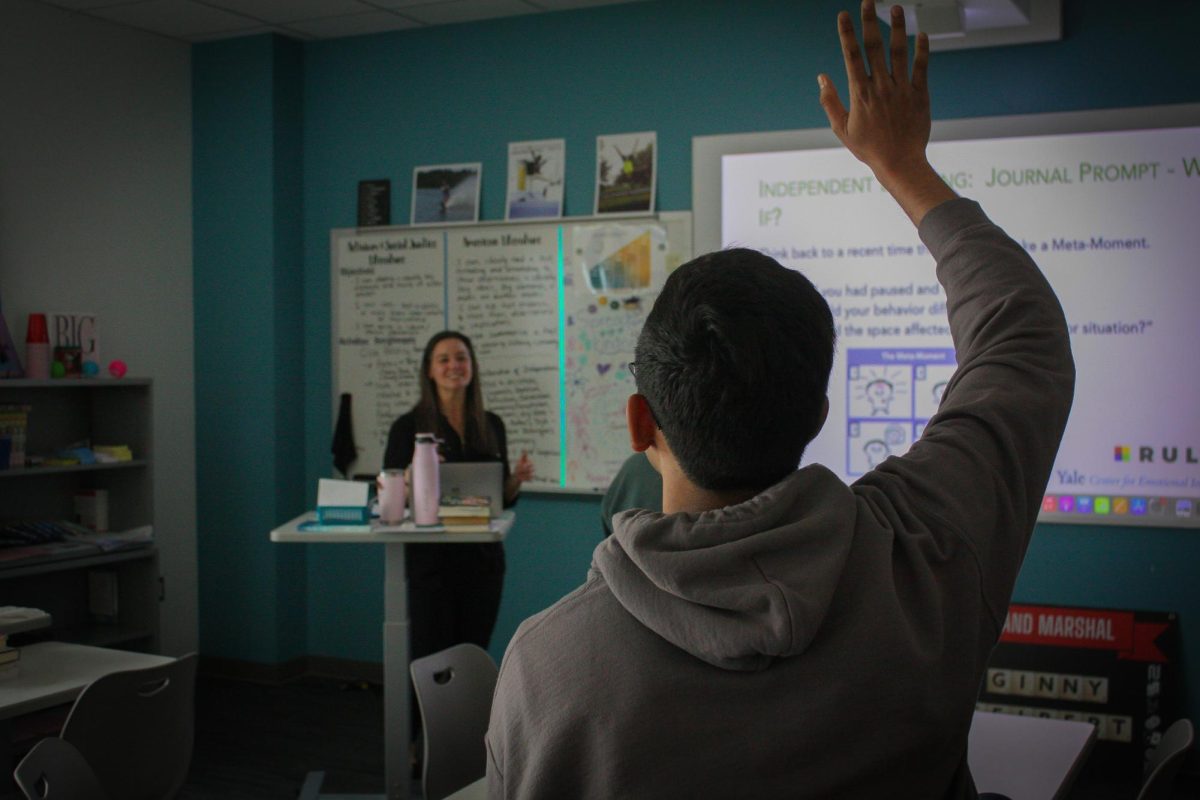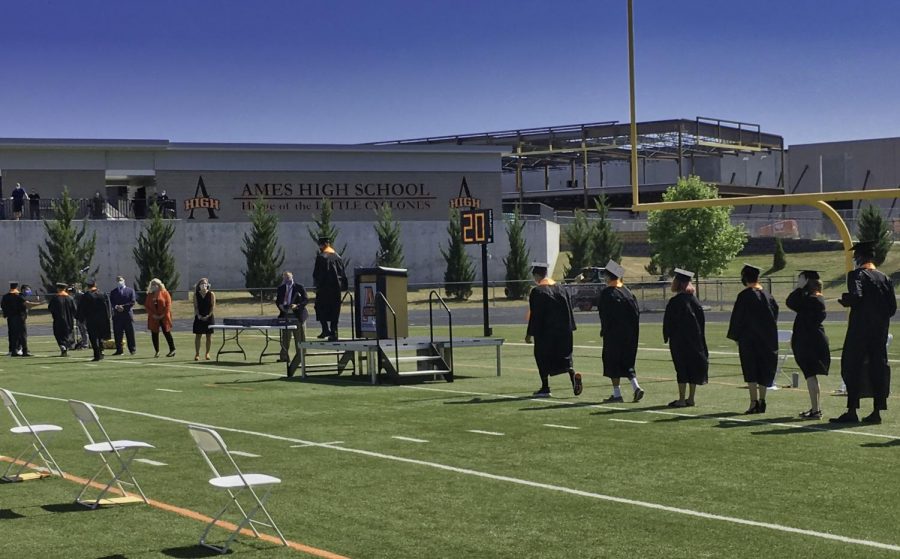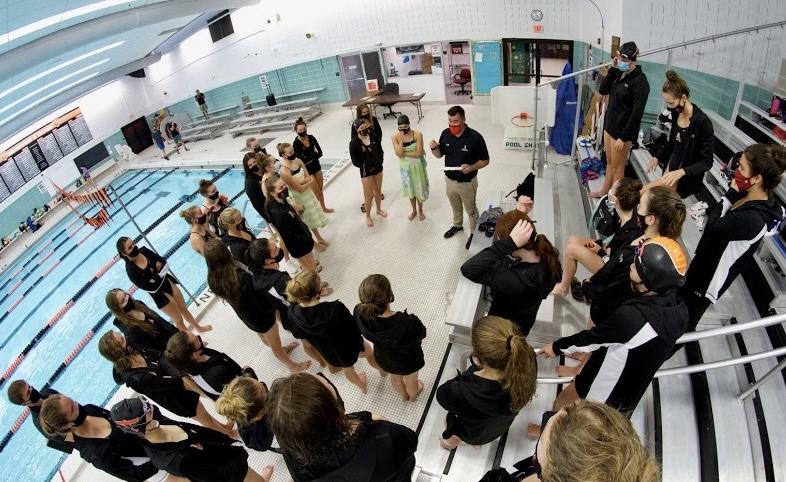On February 12, Russia proposed a treaty to ban space-based weapons, including provisions to prohibit attacks on satellites. This quickly drew the support of China â a surprising move, considering their successful test of an anti-satellite weapon last year. Despite this reconciliatory move, the US refused to give their support, and two days later announced the intention to shoot down the dead, falling spy satellite US 193. February 20, a week later, concerns about bad weather had passed, and the USS Lake Erie successfully pulverized the satellite with a modified missile. The test showed that our weapons system can safely protect us from a bus-sized satellite moving through an orbit that we have been monitoring for the past year and a half and have been targeting for two weeks â provided that the weather is good. The administrationâs stated reason for the shoot-down was to prevent a threat to human health, as this satellite was filled with toxic hydrazine fuel. They predicted that the tank of hydrazine would survive reentry, as did the hydrazine tank aboard the Columbia, which crashed into a wooded area in Texas after the space shuttleâs disintegration. However, the Columbiaâs hydrazine tank was nearly empty, whereas the full tank aboard US 193 was full. Students in physics or chemistry may recall that gases expand when heated, and the full tank of hydrazine undergoing the heat of reentry would have almost certainly burst and vaporized, making the gas harmless. This was confirmed by calculations of scientists at MIT. Furthermore, even if it had landed intact, the hydrazine within would have diffused to the point of harmlessness within ten seconds. The chances of the satellite posing a genuine threat to human health are millions to one. If it was not a plausible threat, why would our government spend an estimated $30-40 million to shoot the satellite down? Russia, China, and critics of the administration have suggested that the maneuver was a test of US anti-satellite capability, and have condemned the move as a possible catalyst to an arms race in space. Should this be the case, the implications are dark for the US. Our satellite infrastructure is far more advanced, and more important to us, than that of any other country. As there are no current satellite-based weapons, aside from in our own plans, encouraging an arms race in anti-satellite weapons would only hinder our own progress. Furthermore, encouraging war in order to defend the country from a threat that does not exist does not make us safer â quite the reverse. A far safer way to defend us from satellite-based weapons would be to go along with the UN proposal to ban these weapons in the first place.
Our missiles are shooting down our security
WILL RUNDLE
•
March 12, 2008
Story continues below advertisement
Leave a Comment
Donate to The WEB
$0
$450
Contributed
Our Goal
Your donation will support the student journalists of Ames High School, and Iowa needs student journalists. Your contribution will allow us to cover our annual website hosting costs.






































